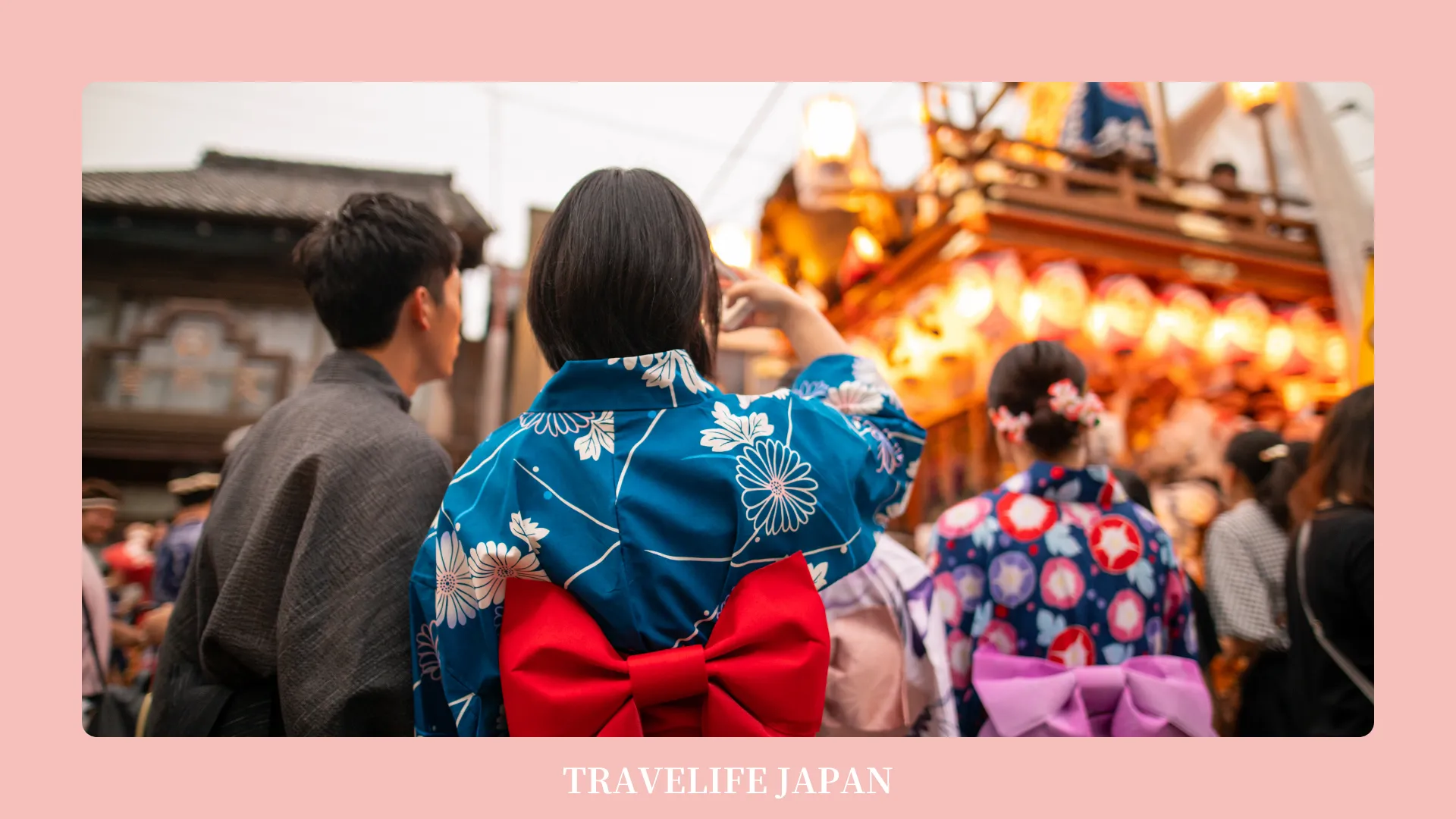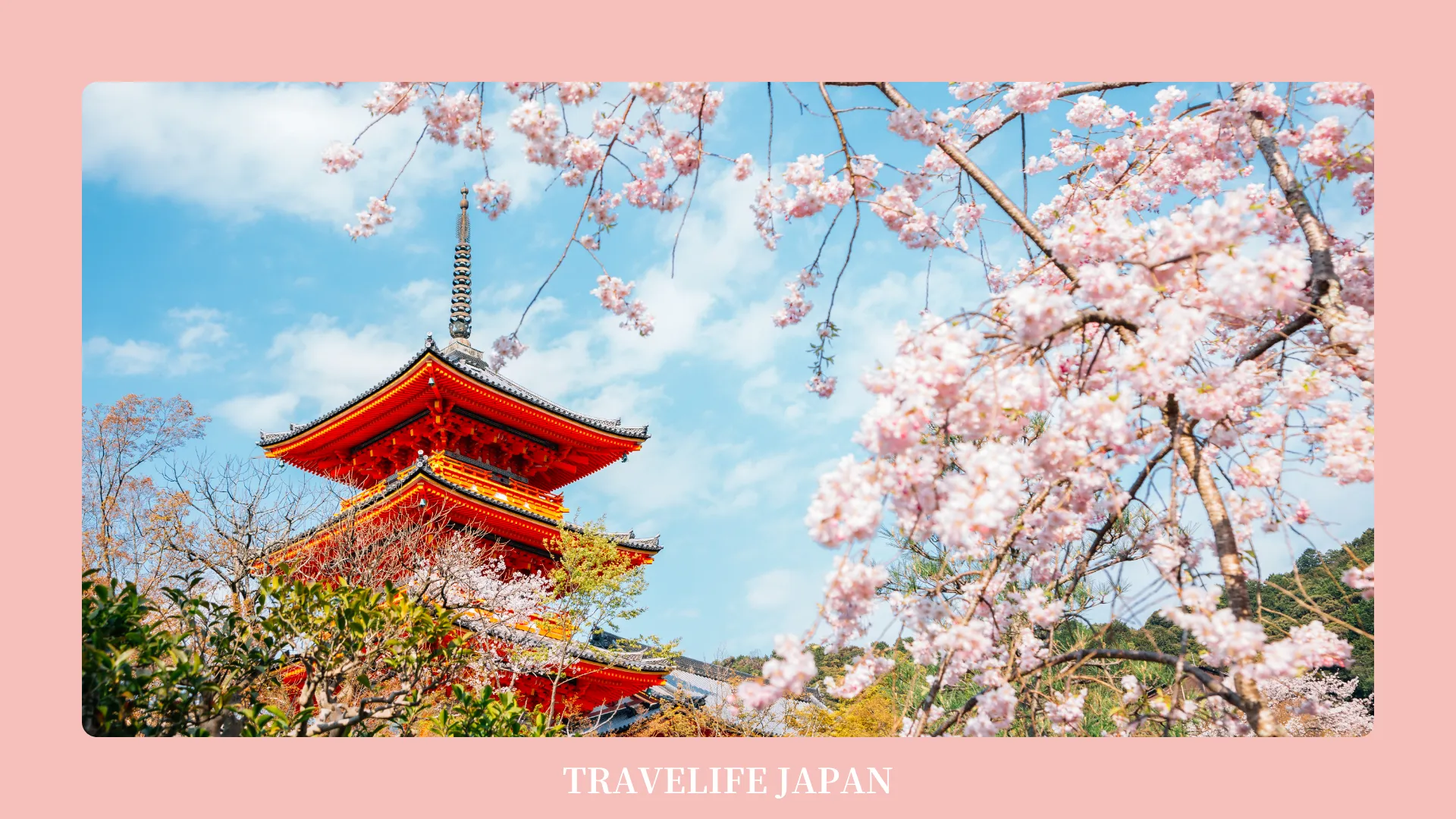Are you curious about the daily life of international students in Japan? Exploring the rhythms and routines that shape their educational and cultural immersion offers a fascinating glimpse into the unique blend of tradition and modernity that defines studying in this vibrant country.
Want to learn Japanese in Japan?
Ask us any questions with free application support.
Fast and Easy!
Typical Class Schedule at Japanese language school

Most Japanese language schools offer a similar class schedule to accommodate students’ diverse needs and commitments. Classes run from Monday to Friday, except public holidays. The schedule is divided into morning, afternoon, and sometimes evening sessions to accommodate different lifestyles. Some schools allow students to choose between morning and afternoon classes, and some are assigned to places with classes at the level according to students’ placement test result.
Each class is usually 90 minutes long. You might have two of these sessions per day or opt for four shorter sessions, each lasting 45 minutes, with short breaks in between to refresh and recharge. Morning sessions typically starts between 8:50 and 9:15 AM, ending around 12:15 to 12:40 PM. Afternoon classes kick off between 1 to 2 PM, ending around 4:30 to 5 PM, making them suitable for those who prefer a later start to their day. For students balancing part-time work, evening classes from 7 PM to approximately 10 PM offer the flexibility needed to manage both work and study efficiently. if you have a unique schedule or specific learning needs, individual lessons can be arranged to fit your timetable, ensuring you don’t miss out on advancing your Japanese language skills.

Tests and Evaluations

In most Japanese language schools, periodic tests are an essential part of the learning process. These aren’t just any tests; they’re carefully designed to measure how well you’re absorbing the language, covering everything from kanji (Japanese characters) to grammar and vocabulary. Think of these tests as milestones, guiding you through your language learning journey.
But that’s not all. At the end of each term, you’ll undergo comprehensive evaluations. These are a bit more in-depth and are crucial because they determine if you’re ready to move up to the next level of your Japanese studies. It’s a way to ensure that you’ve fully grasped the material before taking on more advanced concepts, making your learning process as effective as possible. If you don’t meet the required scores to advance, you might need to repeat the level. it’s actually an opportunity to strengthen your foundation in Japanese, ensuring that when you do move forward, you’re fully prepared and confident.
After School Activities

Given the rigorous pace of learning at Japanese language schools, dedicating 1-2 hours for review and self-study after class is crucial. This dedicated practice not only cements the day’s lessons in your memory but also equips you with a solid foundation for any academic or career ambitions you might have in Japan. Plus, it’s the perfect opportunity to gear up for JLPT, which could be a golden ticket to numerous opportunities.
studying Japanese extends beyond textbooks and classrooms. Participating in activities enriches your learning experience. The chance of joining activities varies between short-term courses and long-term courses. longer-term courses, though activities may be less frequent, engaging in events such as sports days brings a refreshing break from studies and a chance to bond with peers. Students who take short-term courses have more chance to join various activities to learn Japanese culture and explore outskirt of the town. Normally schools organise activities or hold events every weekend. Weather participating or not is totally up to students, but keep in mind these experience have extra costs.
if you’re on a student visa, you have the advantage of working part-time for up to 28 hours a week with work permit. This not only helps ease the burden of living expenses but also immerses you deeper into Japanese society, offering real-life language practice and cultural exposure. Remember, the key is finding a balance that ensures your work doesn’t overshadow your primary goal of learning and excelling in the Japanese language.
Holidays and Breaks

Japanese language schools typically have structured academic calendars, which include designated vacation periods. These breaks occur at the end of each term. Most schools schedule a break of about one to two weeks between terms, with longer breaks in the summer and winter. Holidays and vacations are an ideal time for international students to immerse themselves in everything Japan has to offer. Students can travel around Japan and learn new perspectives on Japanese culture and lifestyle. Also holiday is good time to participate in cultural workshop or events such as tea ceremonies, calligraphy classes or local festivals. These experience allow students to deepen their understanding of Japanese tradition and practice as well as enhance their language skills.
Conclusion
Attending a Japanese language school offers a holistic and enriching experience that extends far beyond the classroom. From the structured schedules that cater to diverse needs, to the cultural immersion through after-school activities and part-time work opportunities, students are given a unique platform to fully engage with and understand Japanese society. Breaks and holidays further provide chances to explore and deepen one’s appreciation of Japan’s rich heritage. This journey promises not just language proficiency but a profound personal and cultural growth.
\ Follow Our Community /
INQUIRE NOW
Want to learn Japanese in Japan?
Ask us any questions with free application support.
Fast and Easy!








